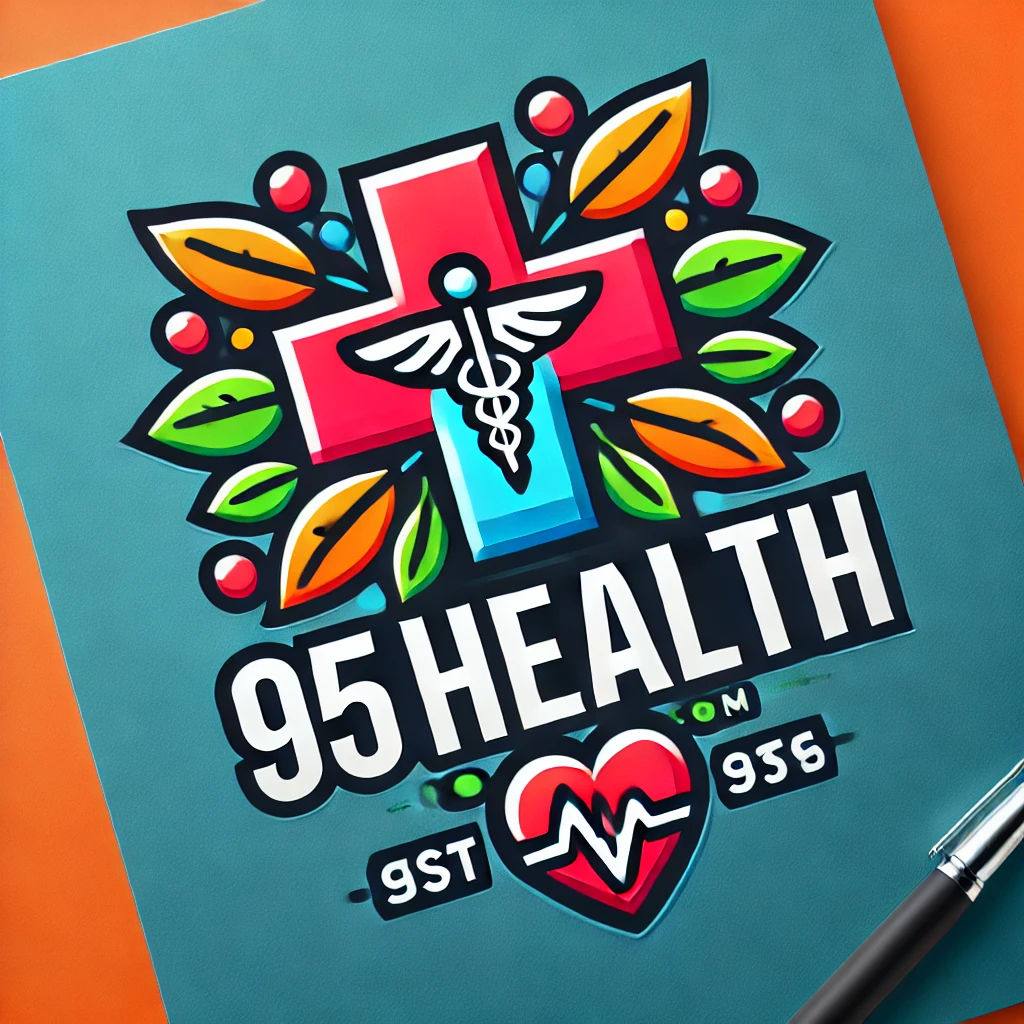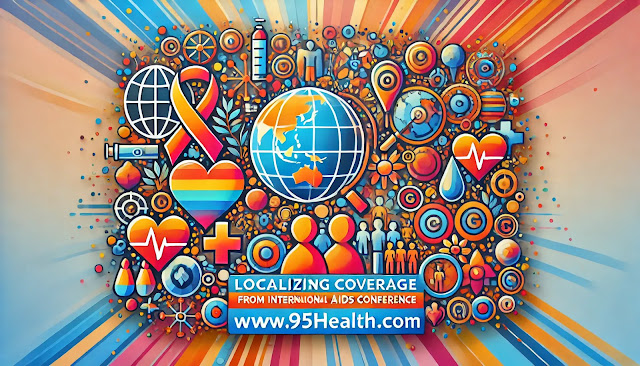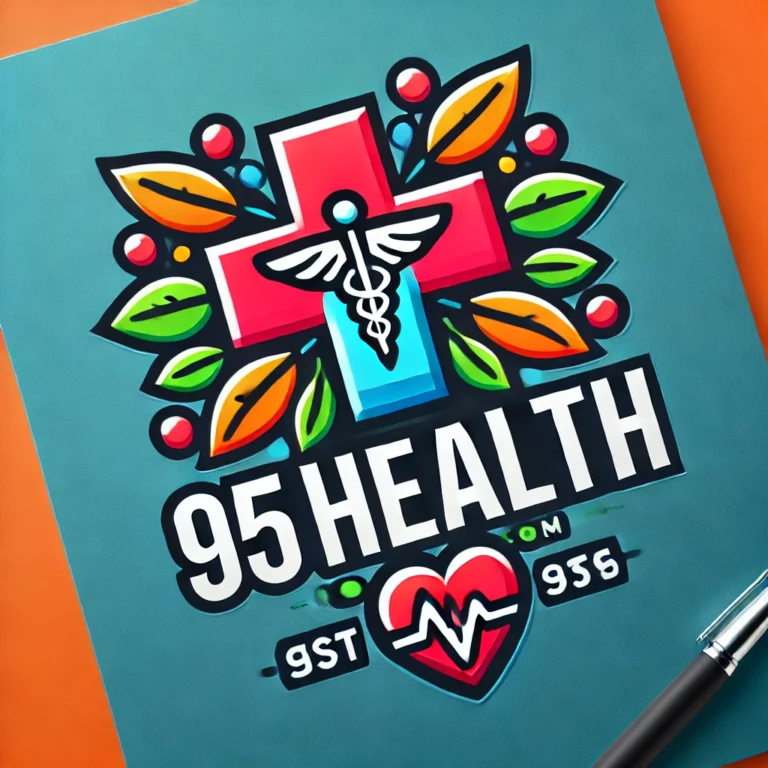Top Cancer Risk Factors and Their Impact
Recent studies highlight that nine significant risk factors contribute to approximately 40% of all adult cancer cases and 50% of all cancer deaths. Understanding these factors can help individuals take preventive measures to reduce their risk. Here’s an overview of these critical cancer risk factors:
1. Tobacco Use
Smoking remains the leading cause of cancer and cancer-related deaths. It is linked to various cancers, including lung, mouth, throat, esophagus, and bladder cancers. Even smokeless tobacco products increase the risk of oral and esophageal cancers. Quitting smoking and avoiding secondhand smoke can significantly reduce these risks.
2. Obesity
Obesity is associated with an increased risk of several cancers, including breast (postmenopausal), endometrial, ovarian, kidney, and colorectal cancers. Excess body fat can lead to higher levels of insulin and estrogen, which can promote cancer development. Maintaining a healthy weight through diet and exercise can lower cancer risk.
3. Alcohol Consumption
Regular alcohol consumption is a known risk factor for cancers of the mouth, throat, esophagus, liver, breast, and colon. The risk increases with the amount of alcohol consumed. Limiting alcohol intake can reduce these risks.
4. Physical Inactivity
Lack of physical activity is linked to an increased risk of breast, colon, and endometrial cancers. Regular exercise helps maintain a healthy weight and hormone levels, reducing cancer risk. Adults should aim for at least 150 minutes of moderate-intensity exercise each week.
5. Poor Diet
Diets high in red and processed meats and low in fruits and vegetables are associated with an increased risk of colorectal cancer. Consuming a balanced diet rich in fiber, fruits, and vegetables can help lower this risk.
6. Radiation Exposure
Exposure to UV radiation from the sun and ionizing radiation from medical imaging can increase cancer risk. Protecting skin from excessive sun exposure and minimizing unnecessary medical imaging can reduce these risks.
7. Infections
Certain infections are linked to cancer. Human papillomavirus (HPV) can cause cervical and other cancers, while hepatitis B and C viruses are linked to liver cancer. Vaccinations and safe practices can prevent these infections and reduce cancer risk.
8. Environmental Pollutants
Exposure to certain environmental pollutants, such as asbestos and arsenic, is known to increase cancer risk. Reducing exposure to these harmful substances through regulations and safety measures is crucial.
9. Family History and Genetics
A family history of cancer can indicate a genetic predisposition to the disease. Genetic testing and counseling can help individuals understand their risk and take preventive measures.






